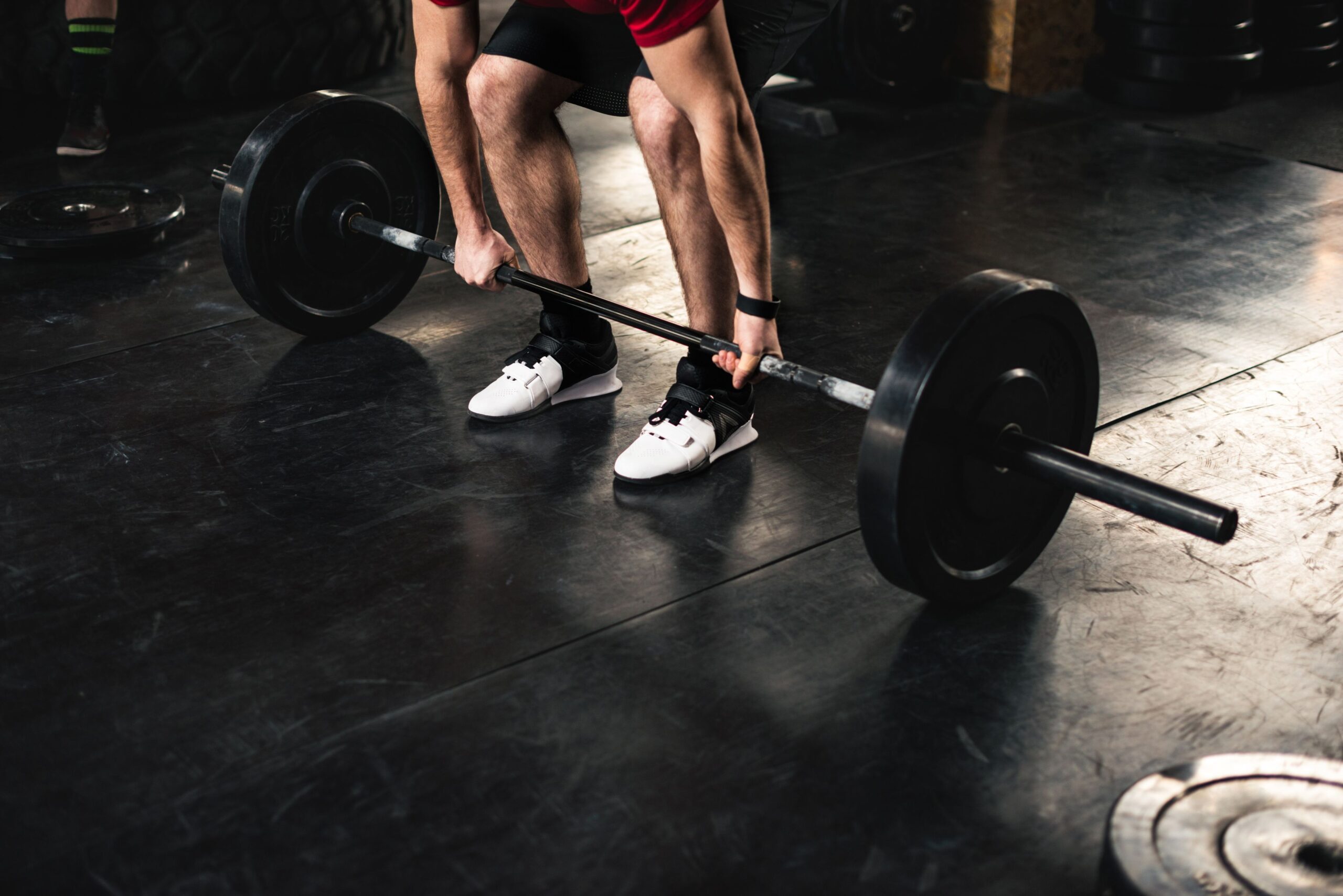
Introduction
In the world of weightlifting, the right pair of shoes can be a game-changer, significantly enhancing your performance and safety during workouts. This comprehensive guide explores the nuances of weightlifting shoes, dissecting their anatomy, highlighting top brands and models, discussing special features, offering maintenance tips, and providing user reviews. By the end of this journey, you’ll be well-equipped to make an informed decision about the best weightlifting shoes tailored to your needs.
Emergency? Find NearestMedical Facility
Anatomy of Quality Weightlifting Shoes
Understanding Foot Types: Flat, Neutral, and High Arches
The first step in choosing the perfect weightlifting shoe is understanding your foot type. Flat arches, neutral arches, and high arches each require specific support. Flat feet benefit from shoes with significant arch support, while neutral arches need balanced cushioning. High arches demand shoes with extra cushioning to absorb impact effectively.
Shoe Fit: Length, Width, and Arch Support
A snug fit is essential for stability and injury prevention. The shoe should be long enough to prevent your toes from hitting the front but not so spacious that your foot slides inside. Width is equally critical; the shoe should provide a comfortable fit without constricting your feet. Arch support ensures proper alignment and reduces strain on your feet and ankles.
Material Matters: Leather, Synthetic, or Mesh Uppers
The upper part of the shoe plays a crucial role in breathability and durability. Leather offers robust support and durability, making it an excellent choice for weightlifting shoes. Synthetic materials provide flexibility and are often more affordable. Mesh uppers enhance breathability, keeping your feet cool during intense workouts.
Sole Considerations: Flat vs. Heeled Shoes
Weightlifting shoes come with either flat or heeled soles, each serving distinct purposes. Flat-soled shoes offer maximum contact with the ground, ensuring stability and balance. They are ideal for powerlifting and exercises where a low center of gravity is crucial. Heeled shoes, on the other hand, have an elevated heel, promoting a more upright posture during lifts. They are suitable for individuals with limited ankle mobility and are commonly used in Olympic weightlifting.
Top Brands and Models
Nike Romaleos: Unparalleled Stability and Support
Nike Romaleos are renowned for their exceptional stability and support. Designed with a double strap and a TPU heel, they provide a secure fit and robust ankle support, making them ideal for heavy lifting.
Adidas Adipower: Lightweight and Flexible Design
Adidas Adipower weightlifting shoes combine lightness with flexibility. Their sturdy build and reliable grip make them popular among weightlifters looking for a blend of stability and maneuverability.
Reebok Legacy Lifter: Optimal Balance and Grip
Reebok Legacy Lifters offer an optimal balance between stability and grip. With a raised heel and a durable outsole, they provide excellent traction, enabling lifters to maintain their footing during various exercises.
Inov-8 Fastlift: Versatile Shoes for Cross Training
Inov-8 Fastlift shoes are versatile, catering not only to weightlifting but also to cross-training activities. They feature a grippy outsole and a secure fit, allowing wearers to seamlessly transition between different exercises.
Under Armour TriBase Reign: Durable and Comfortable Choice
Under Armour TriBase Reign shoes are known for their durability and comfort. With a stable base and a breathable upper, they provide excellent support for weightlifting while ensuring wearers’ feet stay cool and dry.
Special Features to Look For
Ankle Support and Stability Straps
Some weightlifting shoes come with additional ankle support and stability straps. These features enhance the shoe’s fit, providing extra security during lifts and reducing the risk of injuries.
Breathability and Ventilation Technology
Breathability is crucial, especially during intense workouts. Shoes with ventilation technology or mesh panels allow air circulation, preventing excessive sweating and discomfort.
Weightlifting Shoe Durability: Quality vs. Price
When choosing weightlifting shoes, consider their durability. While high-quality shoes might come at a higher price, their longevity often justifies the investment. Cheaper options might wear out faster, leading to more frequent replacements.
Impact of Heel Height on Lifting Performance
The heel height of weightlifting shoes significantly influences lifting performance. Higher heels promote a more upright posture and can be beneficial for exercises requiring deep squats. Lower heels offer a stable base, suitable for powerlifting and exercises emphasizing stability.
Maintenance and Care
Cleaning and Storing Weightlifting Shoes
Proper maintenance ensures the longevity of your weightlifting shoes. Clean them regularly, removing dirt and sweat to prevent odors and material damage. Store them in a cool, dry place, away from direct sunlight, to maintain their shape and structural integrity.
Replacing Insoles and Straps for Prolonged Use
Insoles and straps are components that often experience wear and tear. Replace them as needed to maintain the shoe’s support and comfort. Investing in high-quality replacement parts ensures your shoes continue to perform at their best.
User Reviews and Recommendations
Customer Feedback on Various Brands
Reading user reviews can provide valuable insights into the real-world performance of weightlifting shoes. Pay attention to feedback related to fit, comfort, durability, and overall satisfaction.
Pros and Cons of Popular Models
Every weightlifting shoe model has its pros and cons. Consider your priorities, whether it’s stability, flexibility, or breathability, and choose a model that aligns with your specific requirements.
Comparative Analysis
Side-by-Side Comparison of Top Weightlifting Shoes
A side-by-side comparison of different weightlifting shoe models can help you visualize their differences. Consider factors such as heel height, sole thickness, and overall design when making comparisons.
Price Range Analysis: Affordable vs. Premium Options
Weightlifting shoes come in a wide price range. Analyze your budget and research shoes within that range. While premium options offer advanced features, there are also affordable choices that deliver quality performance.
Conclusion
Recap of Key Features to Consider
Weightlifting shoes are an essential tool for anyone serious about their training. Recap the key features discussed, emphasizing the importance of proper fit, support, and durability.
Encouragement for Readers to Make Informed Decisions
Encourage readers to assess their individual needs, considering their foot type, the type of exercises they perform, and their budget. Emphasize the significance of investing in high-quality weightlifting shoes to enhance their performance, prevent injuries, and elevate their training experience.
In conclusion, choosing the best weightlifting shoes requires careful consideration of various factors. By understanding your foot type, exploring different brands and models, and evaluating special features, you can find the perfect pair tailored to your unique needs. Invest in quality footwear and witness the difference it makes in your weightlifting journey. Step up your game with the right pair of weightlifting shoes and power your performance to new heights.
